A tiny denomination in their home country, it was a real surprise that there were once enough Danish Baptists in Chicago to build this brick church in Humboldt Park in 1892. Today, the building is a physical testament to Humboldt Park’s three waves of demographic change, with each incoming group taking over the building and adapting it to their own religious needs. And now, maybe, a fourth—the building sold in May 2025, and the developer hopes to convert it into a nine-unit apartment building.

So, what's changed? For a church that's been semi-vacant for a while...actually not that much? The northern steeple was cut down at some point and the windows have changed a bit, but all things considered it looks pretty good for 125+. Street trees and streetlights have also come a long way.

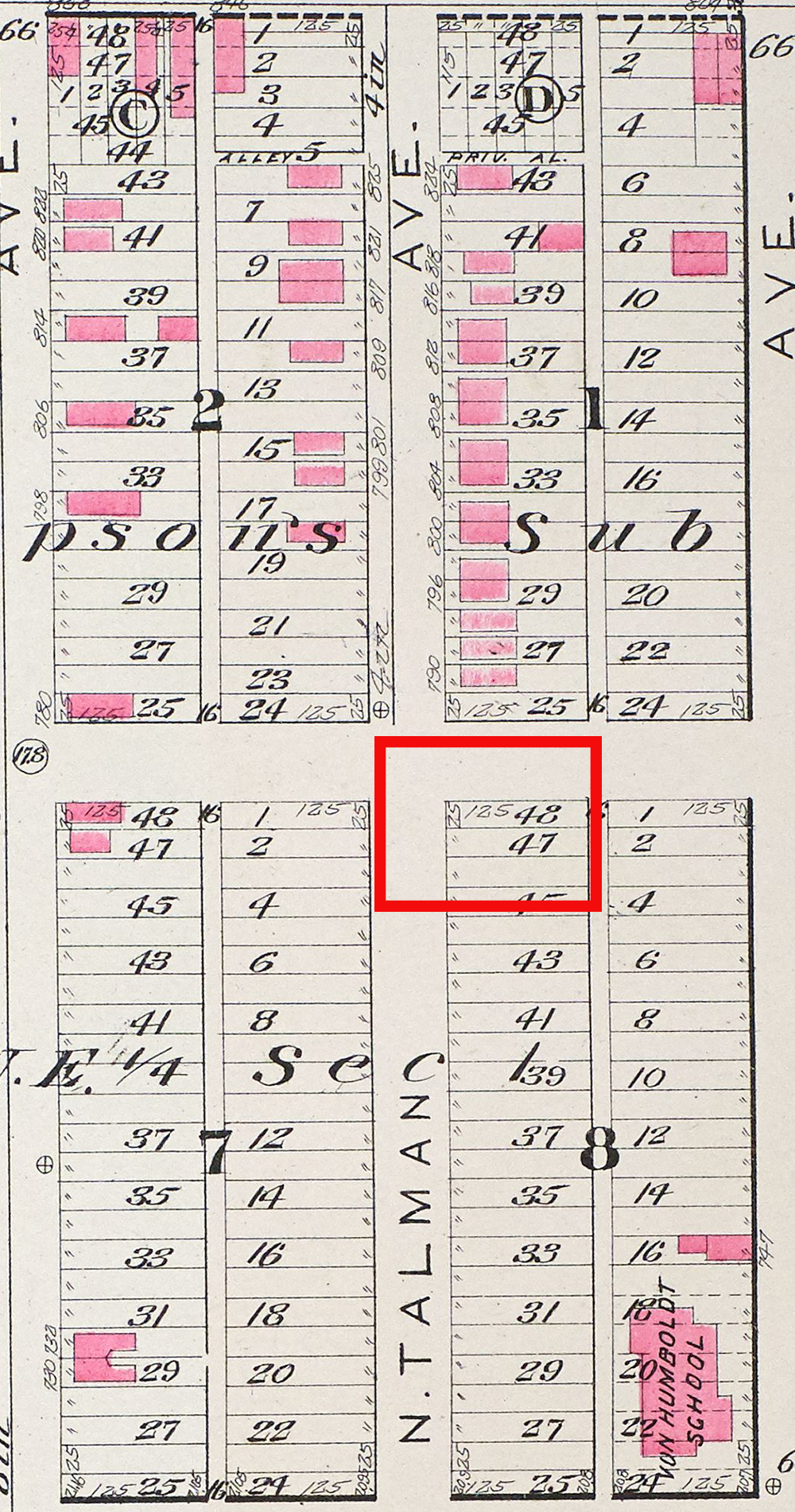
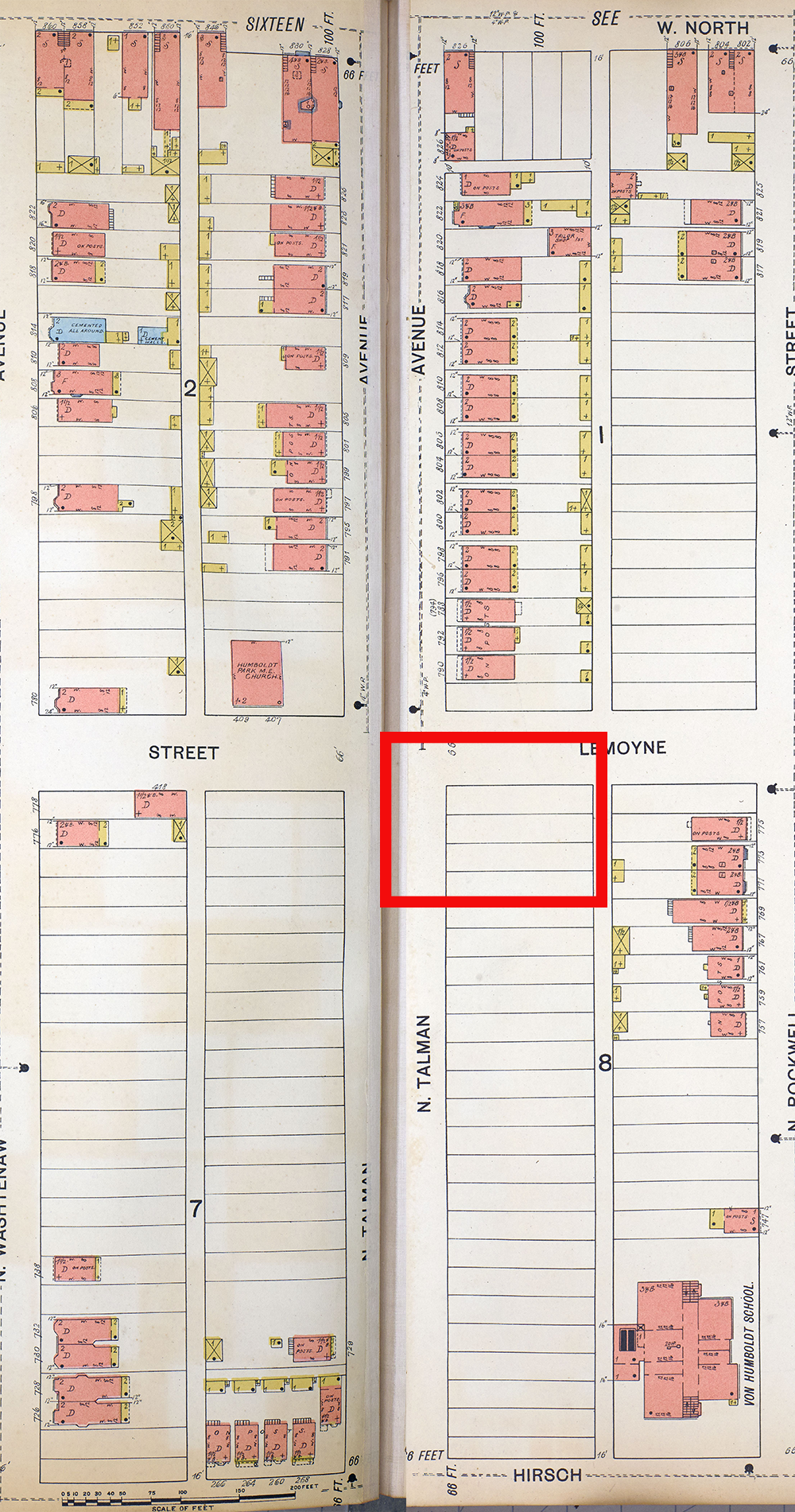
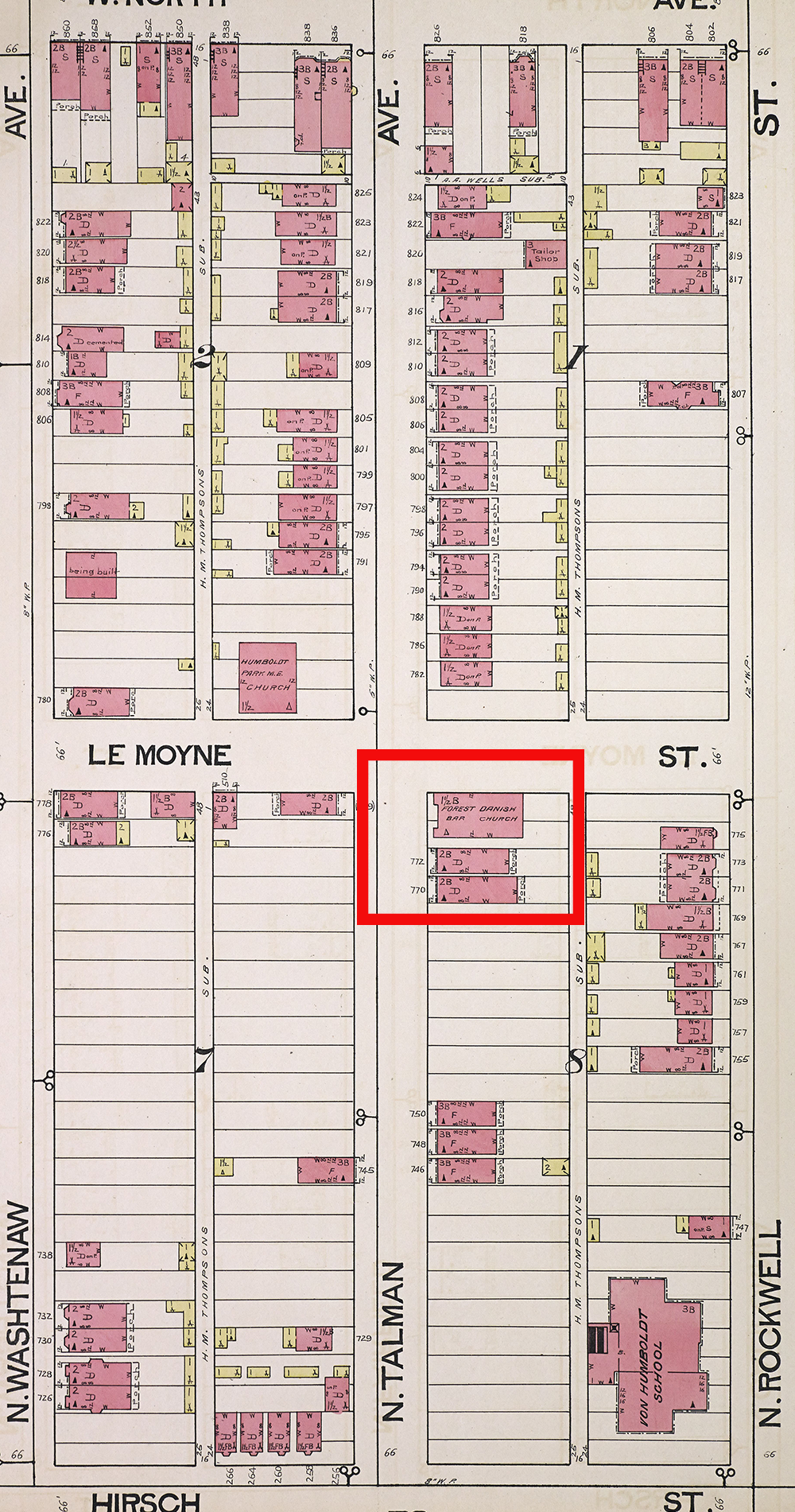
1893 article about the church, "THERE IS ONLY ONE" | 1886 fire insurance map, block nearly entirely vacant | 1892 fire insurance map, block still like 80% vacant | 1893 fire insurance map, Danish Baptist Church built

While there weren’t many Danish Baptists in Denmark, they thrived in the Midwest–in Chicago, they even started their own seminary in Morgan Park. The first Danish Baptists in Chicago organized in 1864 in present-day West Loop, and for the next few decades—punctuated by a handful of unions, closures, and new organizations—they followed Chicago’s Scandinavian population northwest to Humboldt Park. Humboldt Park was predominantly Danish and Norwegian when, under Rev. Carl Jensen, the First Danish Baptist Church of Chicago was constructed here in 1892. A handsome, sturdy brick church, architecturally it doesn’t look particularly Danish (there are at least two or three extant church buildings in Chicago that look straight out of Jutland). As the Scandinavian community continued to migrate northwest, in 1918 the congregation sold this building, constructing a new church in Hermosa at Belden & Kildare.
Jewish immigrants from Eastern Europe moved into Humboldt Park as the Scandinavians moved out. An orthodox congregation, Tzemach Tzedek, took over this building and it joined the many synagogues scattered across the neighborhood—their name is still etched in Hebrew above the entryway. A Hasidic shul, Rabbi Abraham Perlstein led the congregation for 40 years until his death in 1961. The neighborhood’s Jewish community began to move north towards West Rogers Park and the suburbs, and Congregation Tzemach Tzedek sold the building in 1966.
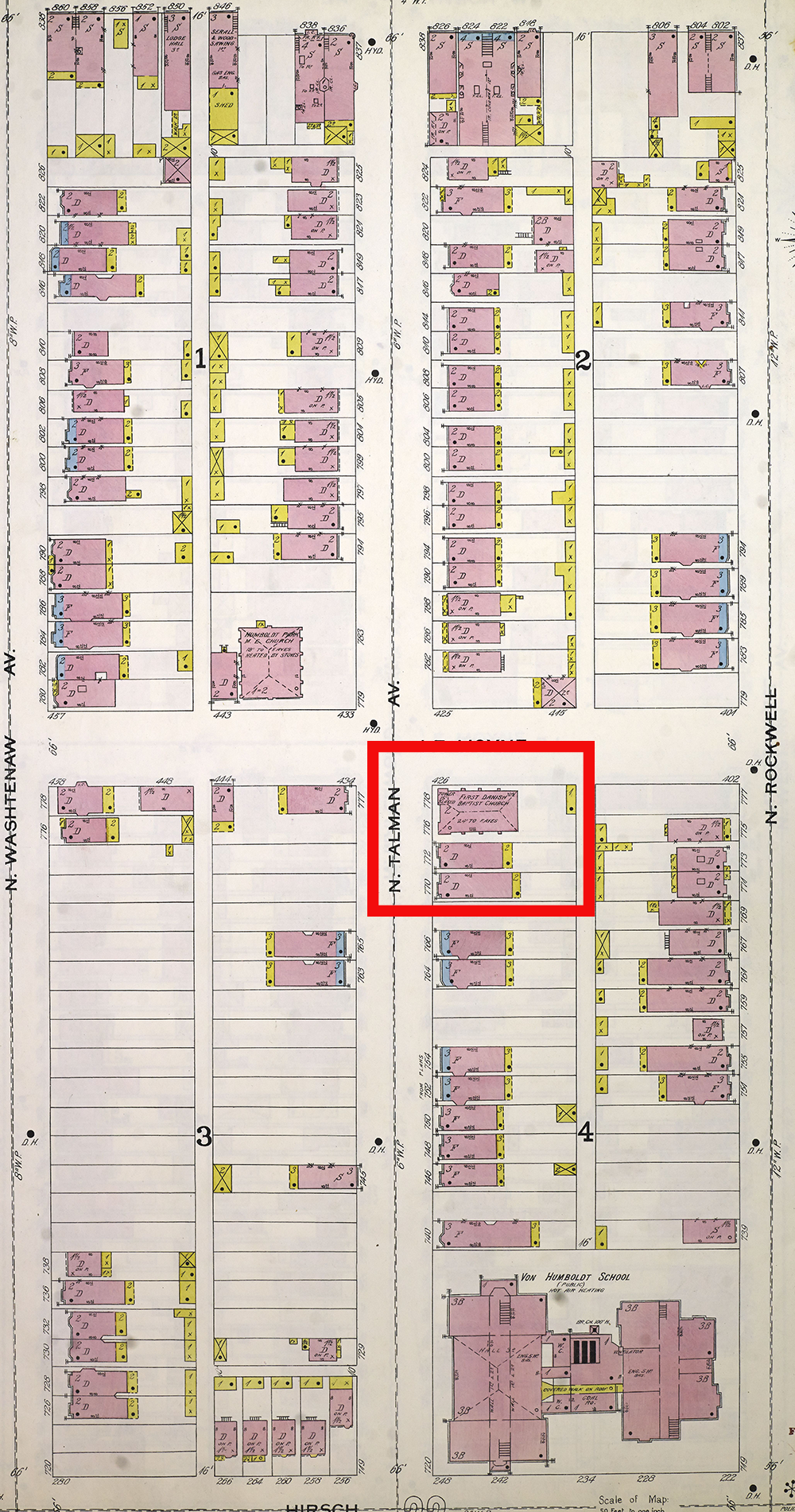
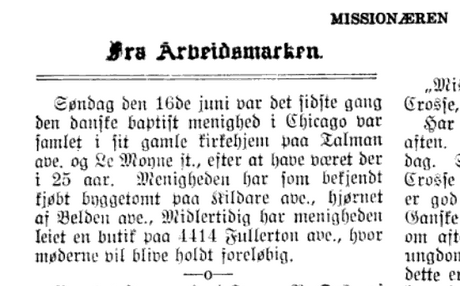
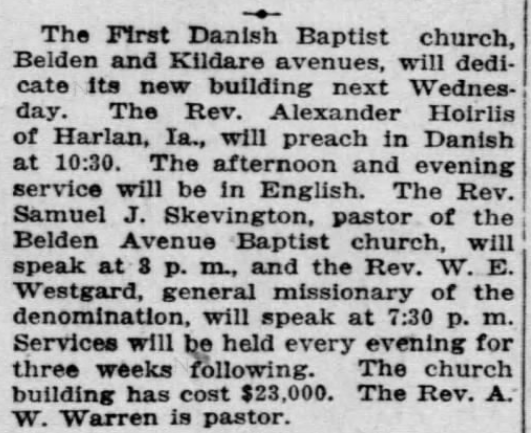
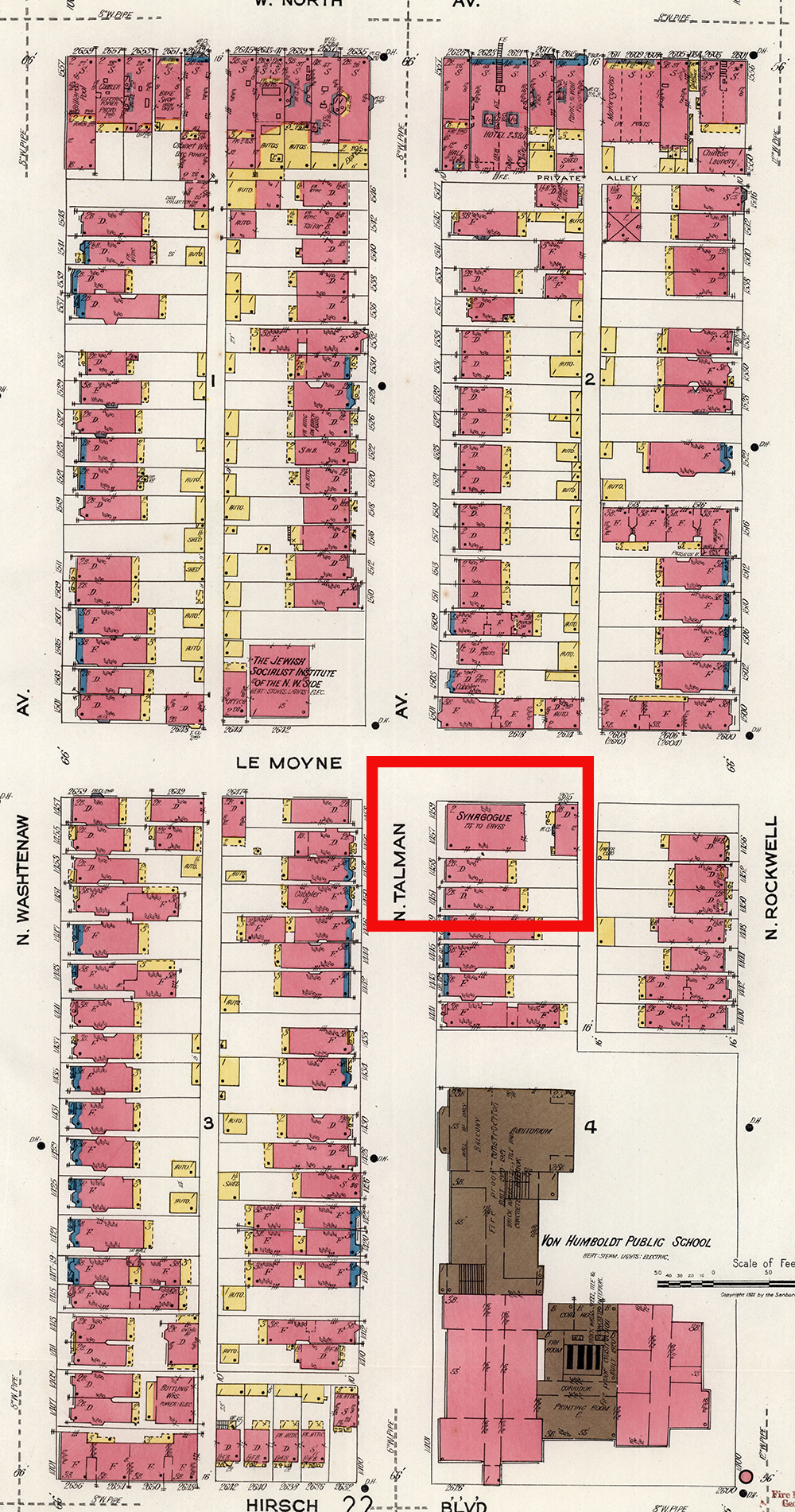
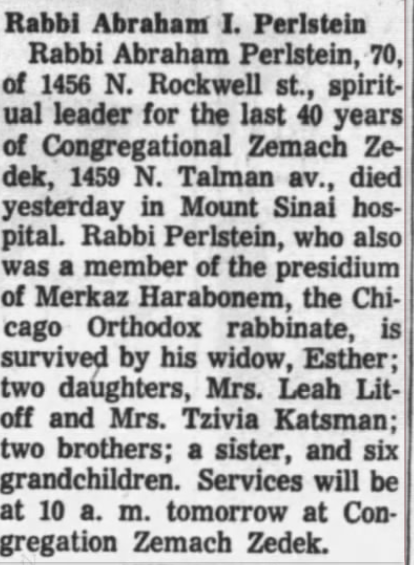
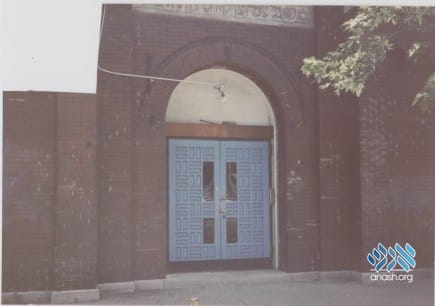
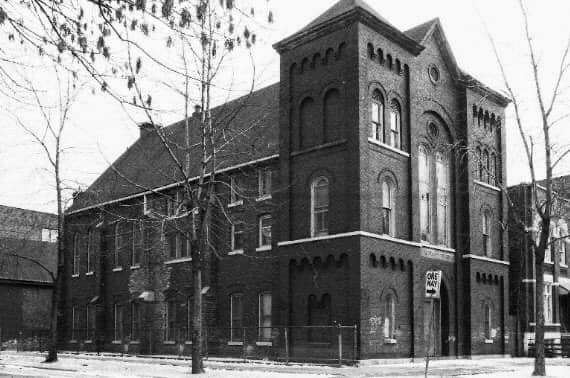
1896 fire insurance map | News about the church moving in The Missionary, 1918 | 1918 article about the new church | 1922 fire insurance map | Rabbi Perlstein's obit | Undated photo of the front door | 1970s photo
Puerto Ricans made up the next wave of Humboldt Park migration, displaced from “La Clark” in Lincoln Park by urban renewal (Carl Sandburg Village) and Puerto Rico by, well, colonialist renewal (Operation Bootstrap). That discrimination and marginalization obviously extended to media representations as well. The brick building at the corner of Talman & Le Moyne went from the occasional appearance in print as the Danish Baptist Church, to the rare appearance as Congregation Tzemach Tzedek, to complete absence after white flight—the silence is sharp. From the late 1960s on, 1459 N. Talman was ignored and disinvested by city power just like the neighborhood as a whole was.
For the last few decades it housed the Mt. Gilead Bible Church, led by Rev. Johnnie Wright until 2006, then Rev. Tommy Jackson until 2023. The small congregation dispersed after Jackson passed away that year, and the church closed for good in 2024. A small congregation struggling to maintain a large, century-old church—we’ve all seen how these usually go (...into a landfill, mostly, with the recycled Chicago Common brick used as pavers for some asshole’s patio in the Sunbelt).
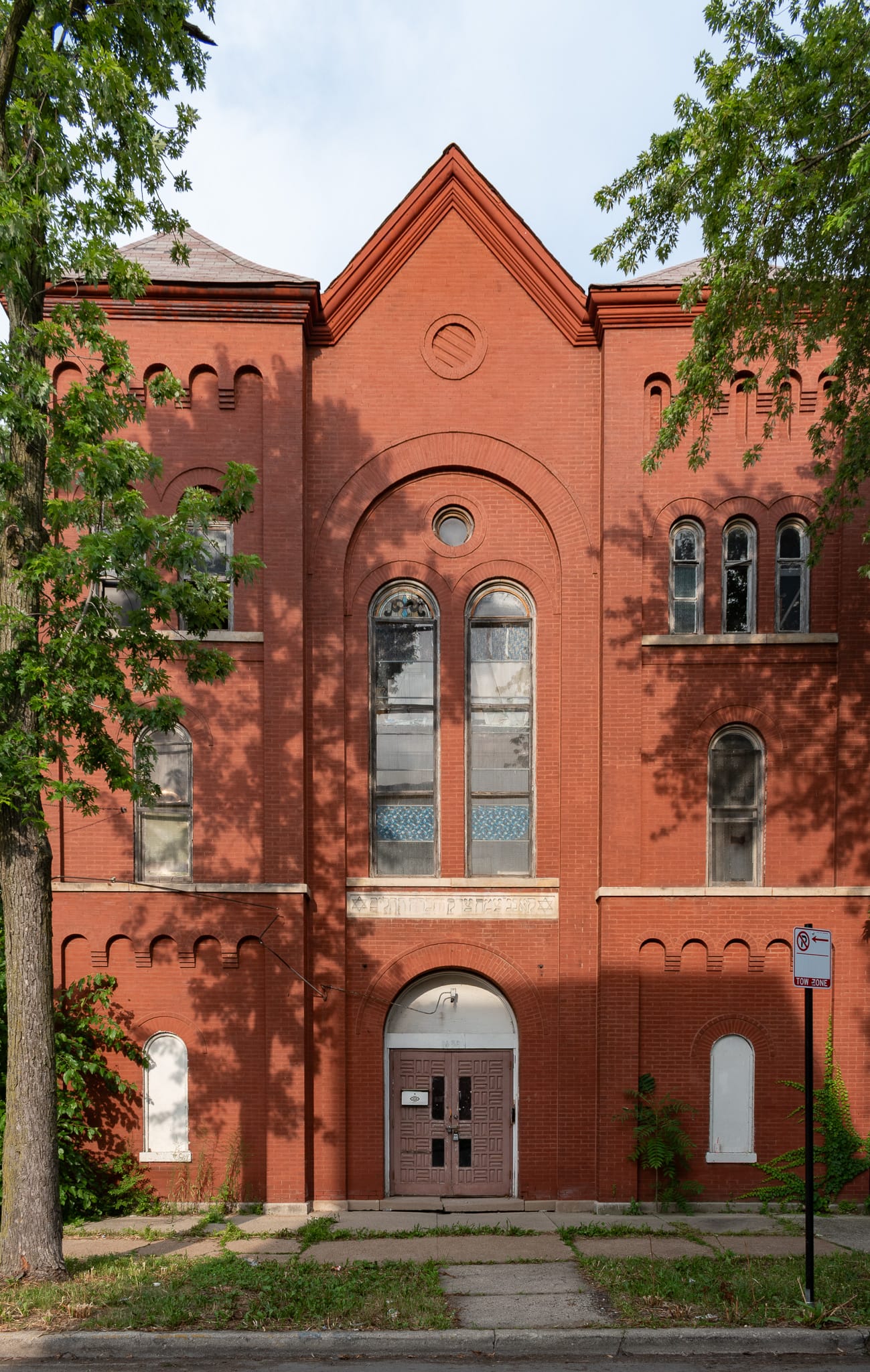

2025
…but in this case there’s potentially a positive next chapter. Bought for $340k in May 2025, a developer is proposing to convert the vacant church into a nine-unit apartment building. While it’s inextricable from the broader gentrification of this area east of the park—potentially the fourth demographic transition the neighborhood has experienced over the last century—adaptive reuse of the building would bring nine homes to a site where there are currently zero, return this lot to the property tax rolls for the first time in more than 125 years, and preserve the embodied carbon in its walls. Hard to find fault with that—let's make it happen.
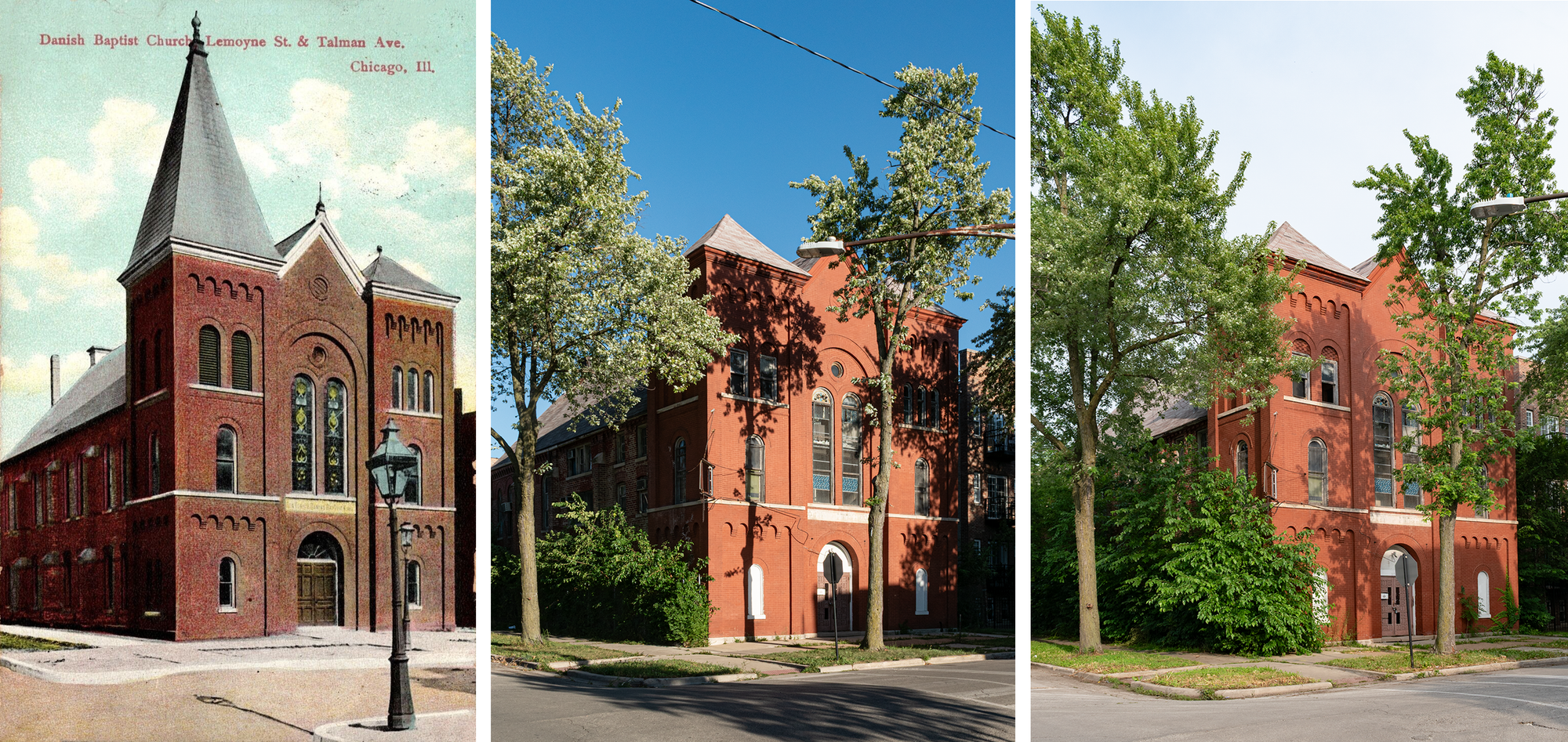
Production Files
Further reading:

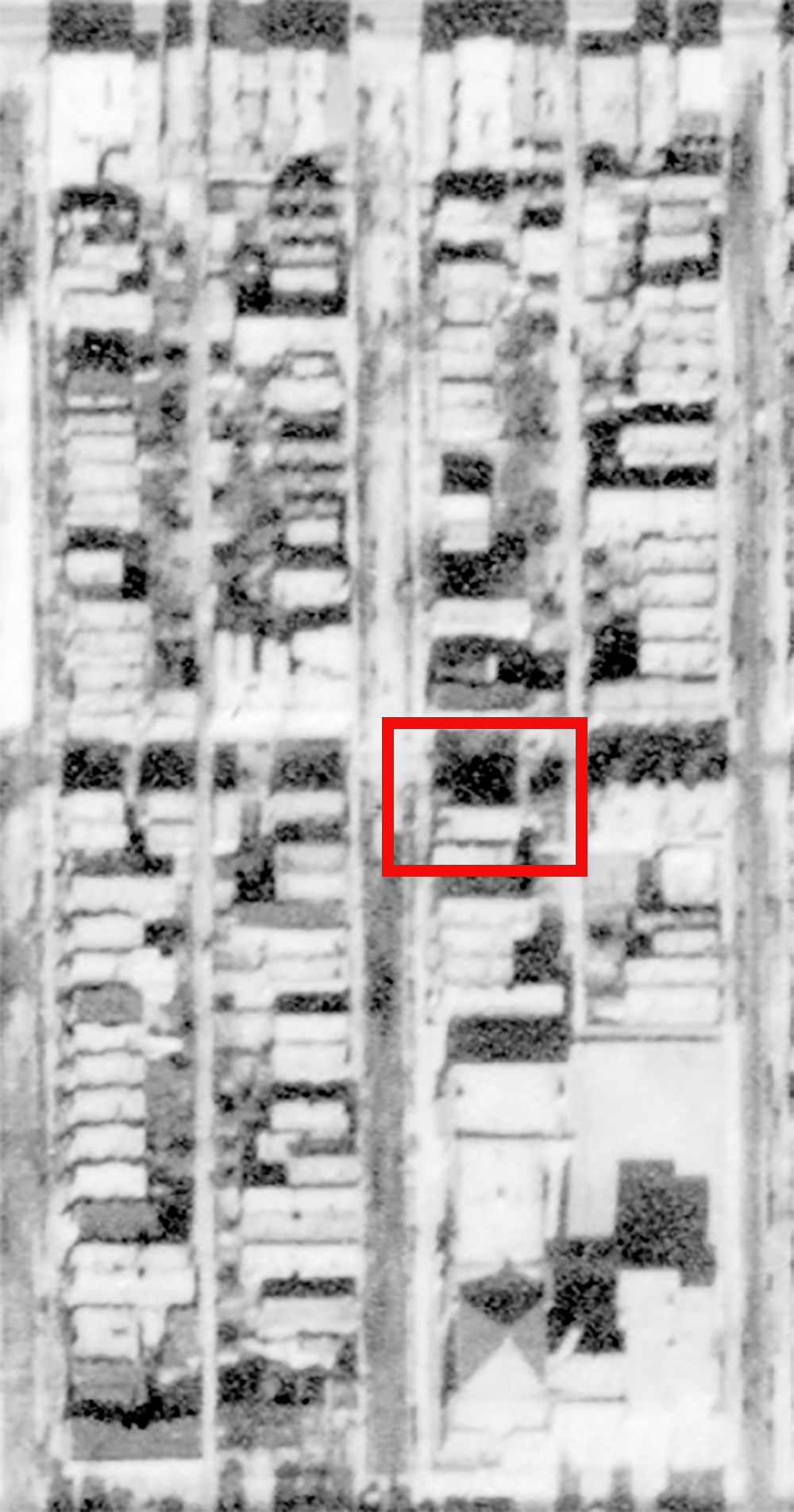
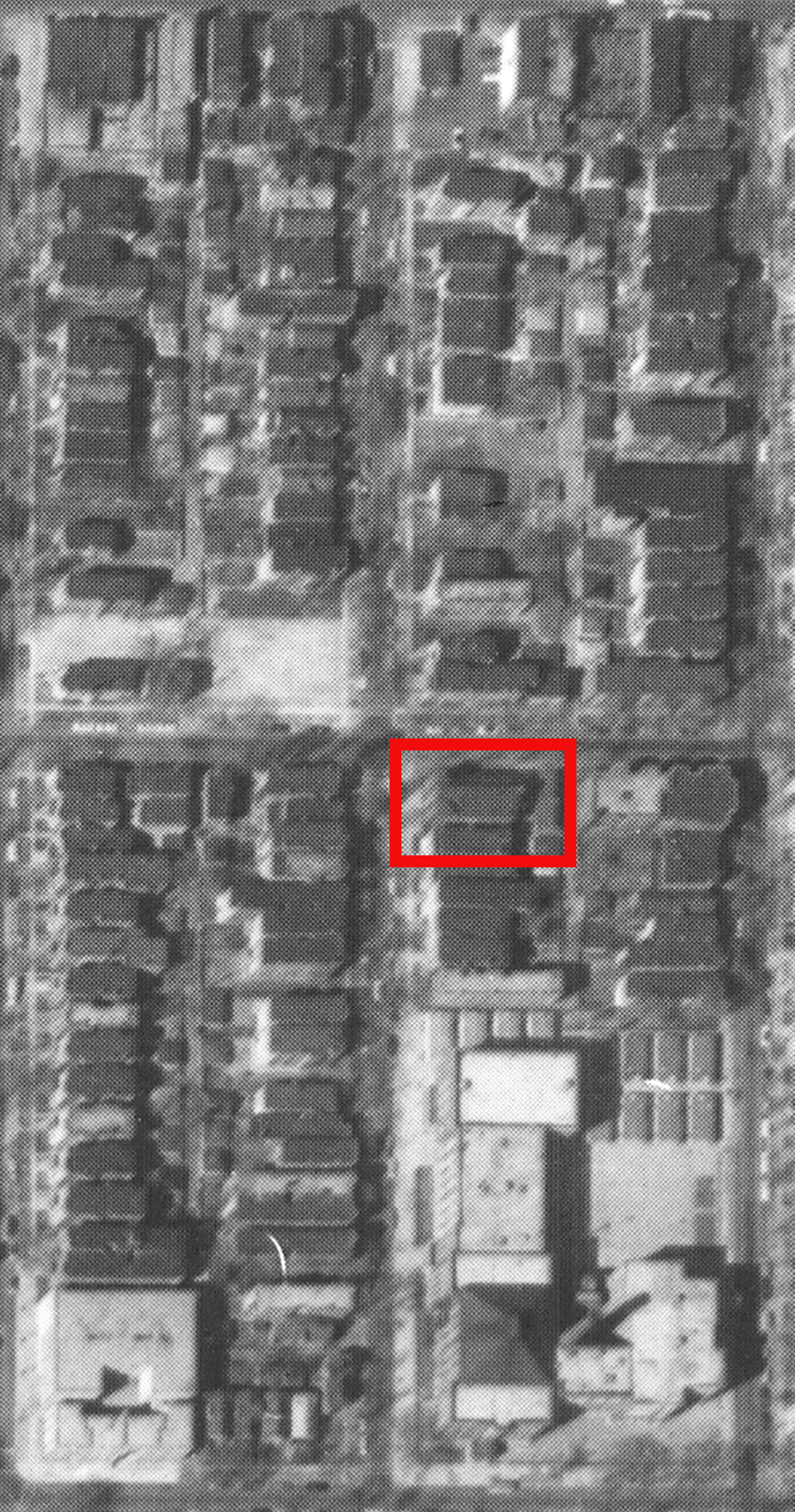

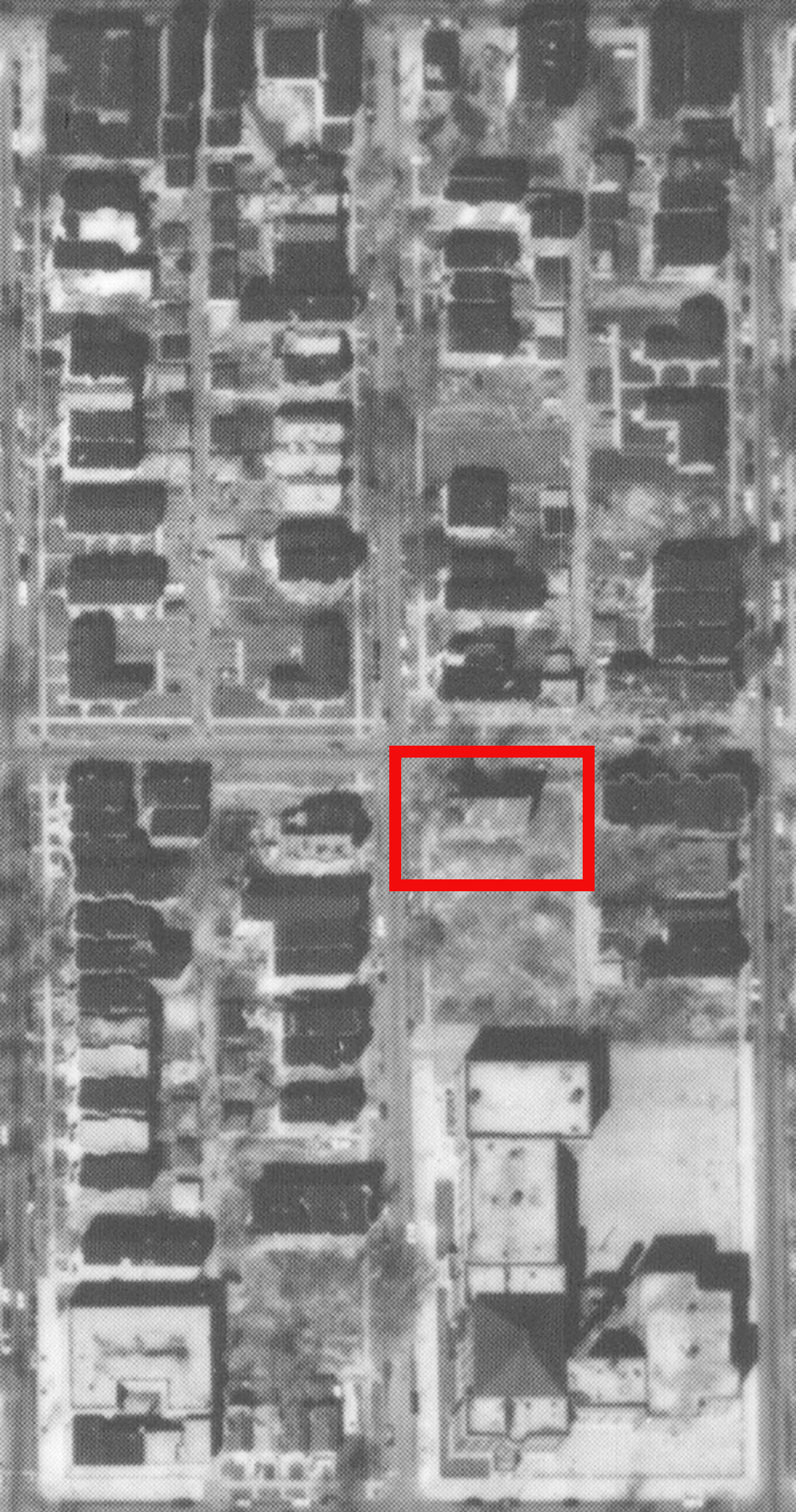
1938 aerial, Illinois State Geological Survey | 1970, 1980, 1990 aerials, CMAP
Where I took the photo from.
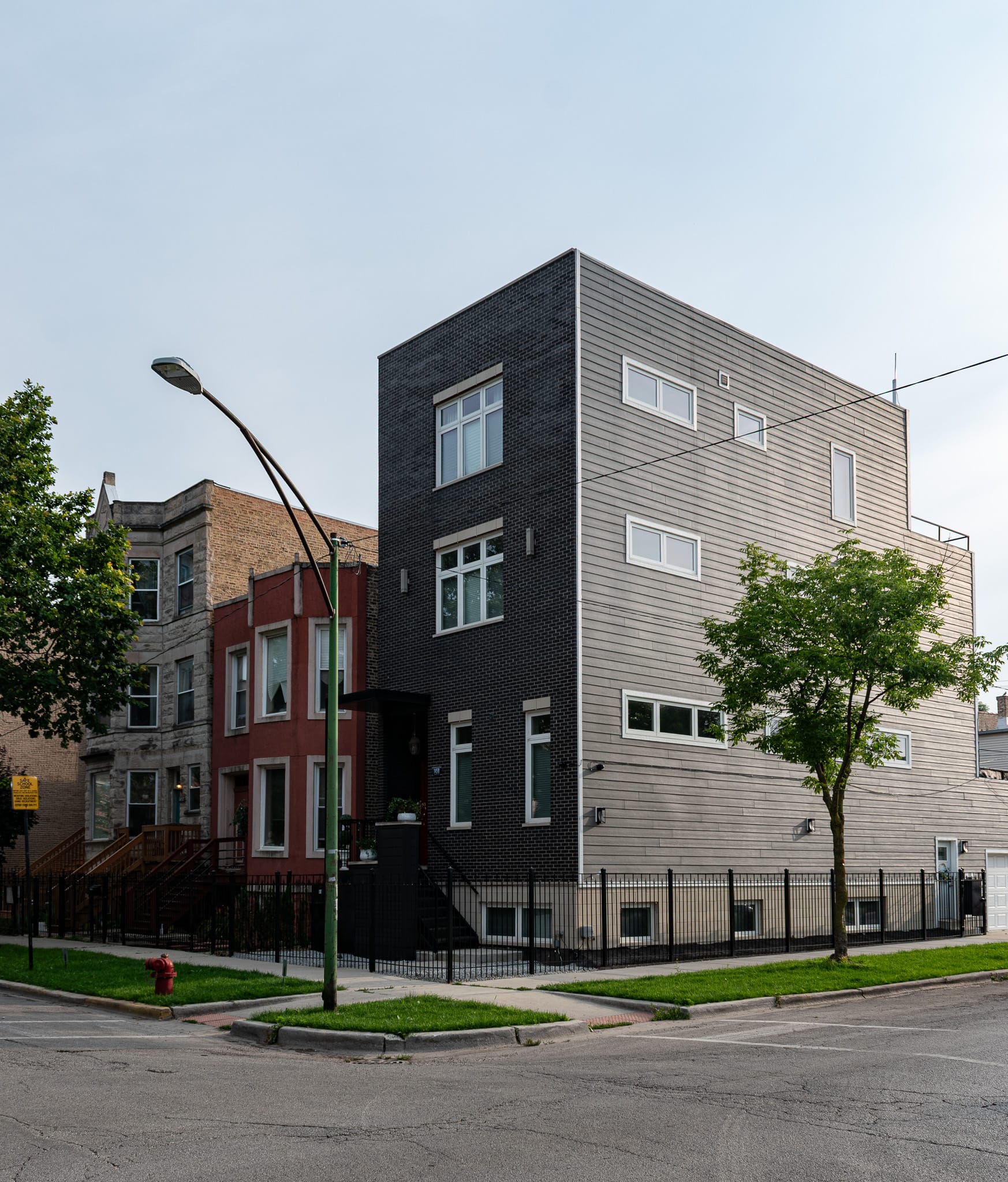
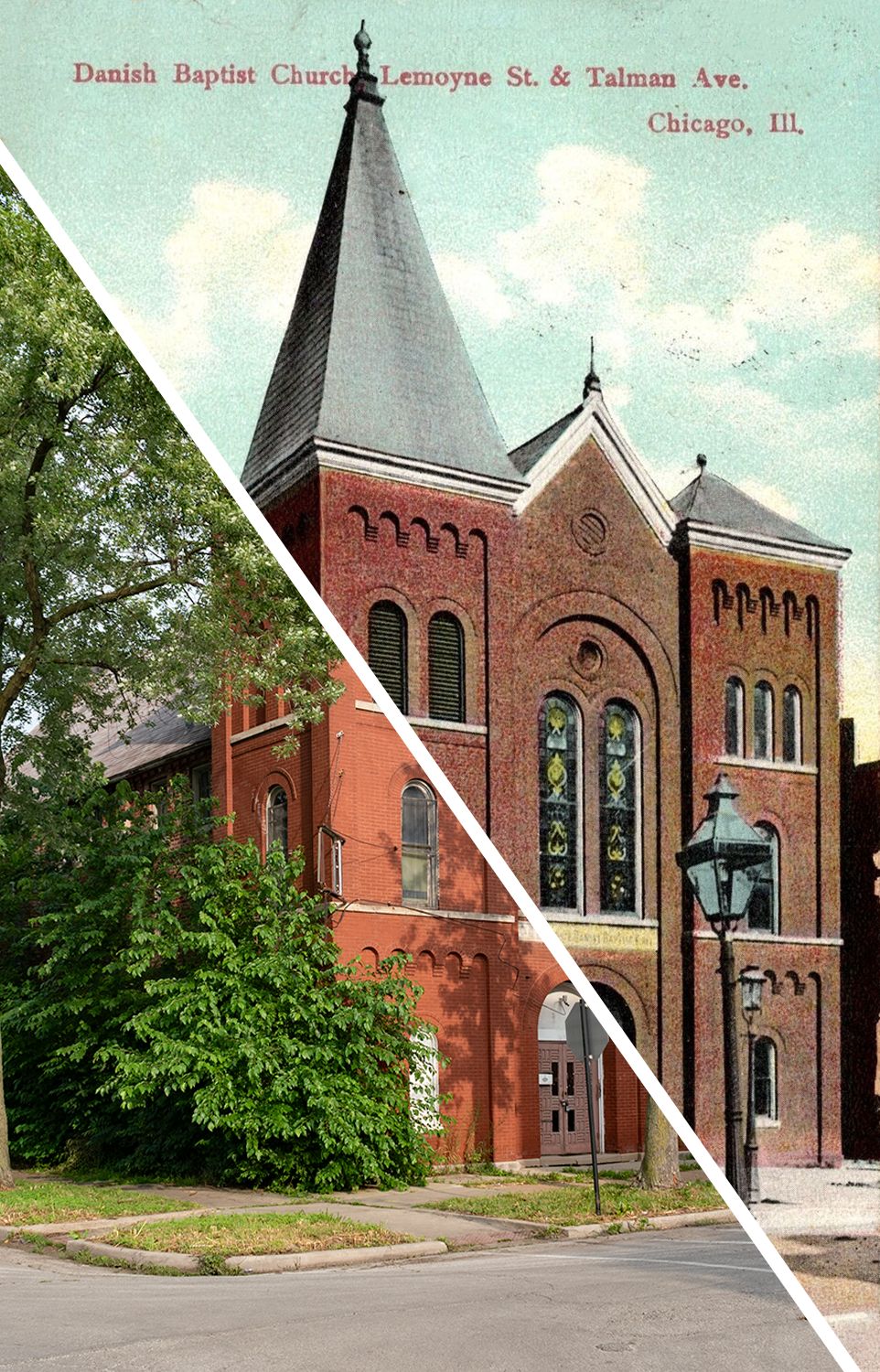

Member discussion: